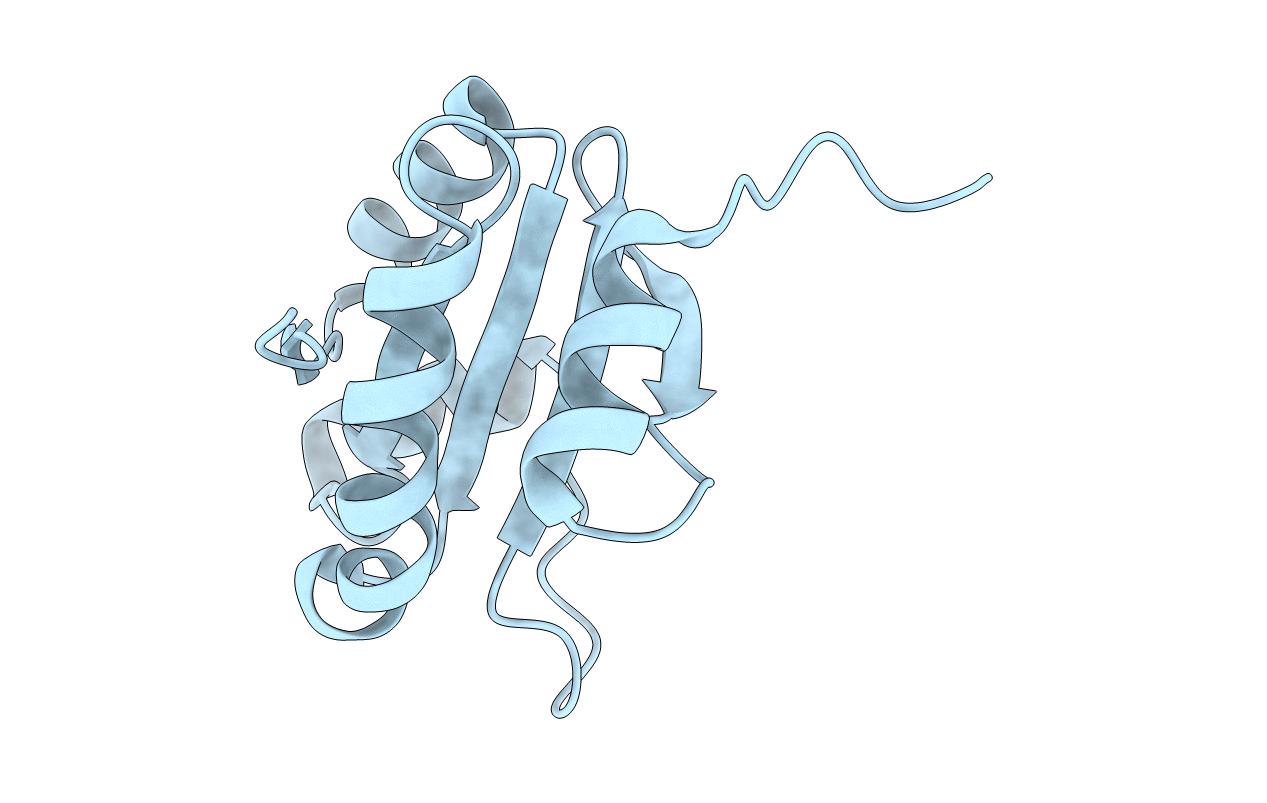
Deposition Date
2012-11-30
Release Date
2013-04-03
Last Version Date
2024-11-06
Entry Detail
PDB ID:
4I6X
Keywords:
Title:
Crystal Structure of Non-catalyic Domain of Protein Disulfide Isomerase-related (PDIr) Protein
Biological Source:
Source Organism:
Homo sapiens (Taxon ID: 9606)
Host Organism:
Method Details:
Experimental Method:
Resolution:
1.50 Å
R-Value Free:
0.23
R-Value Work:
0.19
R-Value Observed:
0.19
Space Group:
P 21 21 21


